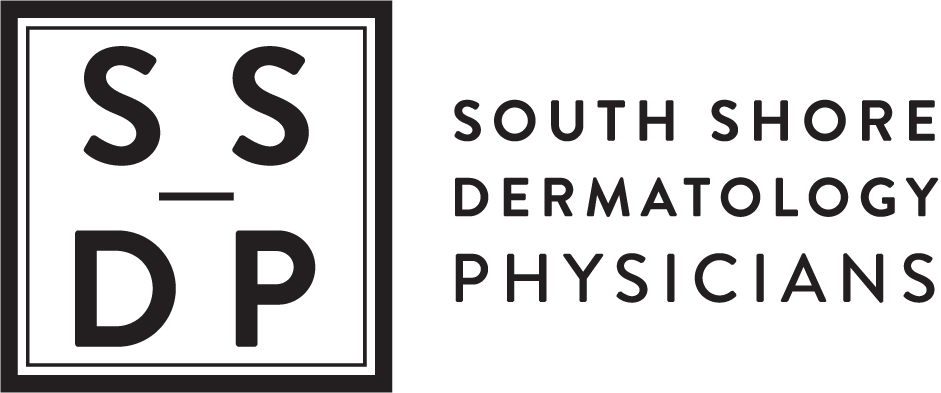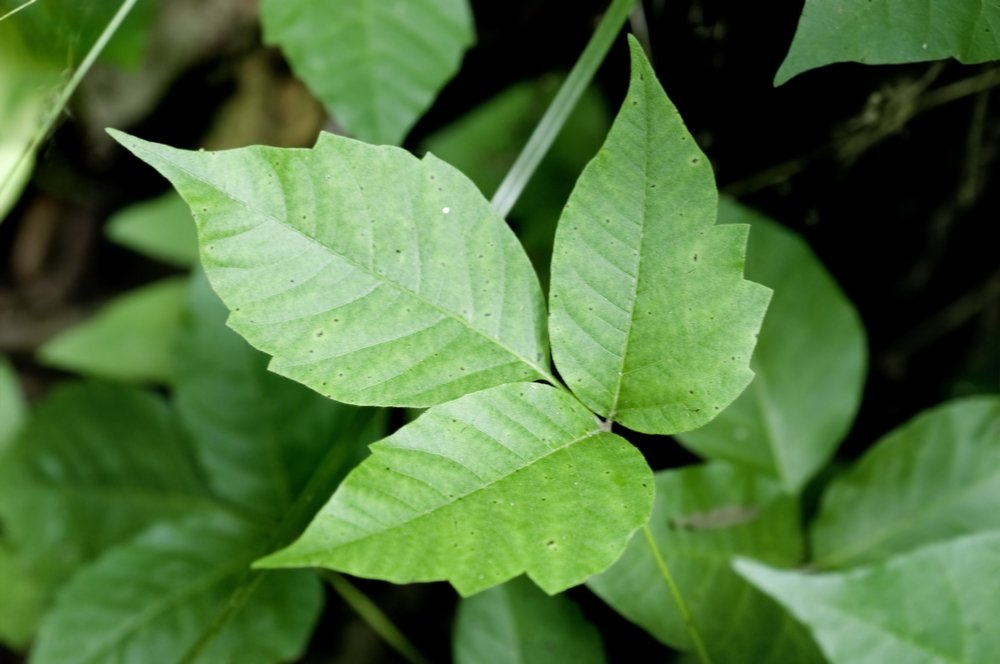Poison Ivy, Poison Oak, and Poison Sumac—Leaves of 3, Let it Be
‘Tis the season for the gardeners to come out of hibernation and break ground. At South Shore Dermatology Physicians, we are already starting to diagnose and treat cases of poison ivy, poison oak, and poison sumac, also known as rhus contact dermatitis. This is a commonly acquired allergic rash related to contact with any element of these plants by an individual prone to this particular allergy.
All three plants contain the sap oil called urushiol. You do not have to be a gardener to get this rash. Urushiol can come into contact with your skin through contaminated clothing, gardening tools, or even indoor-outdoor pets. Up to half the US population is felt to be at risk for this allergic rash.
Diagnosis
Although seemingly easy to diagnose, rhus contact dermatitis can present in many different ways and appearances:
Itchy red bumps, often in streaks, can show as the start of this rash.
Geometrically shaped red patches can ensue.
In more severe cases, patients may experience blisters oozing clear to yellow fluid.
There is typically a 24-48 hours delay from initial contact. New areas may continue appearing without new exposure for around two to three weeks. Depending on the severity of the reaction, it may take several weeks to resolve.
Quick Action Helps
For patients who suspect contact with these plants, acting quickly can help:
Clothing should be removed and laundered. This includes gardening gloves and tools.
An immediate shower to cleanse off urushiol is prudent.
Scrub under nails and thoroughly wash hands.
Bathing pets is recommended if they are exposed.
Close-up View of Poison Ivy
Treatment
Treatment of rhus contact dermatitis is geared toward the itch and inflammation in the skin. Cold compresses, oatmeal baths, calamine lotion, and hydrocortisone can help. Antihistamines may help with nighttime itchiness by helping you sleep.
Of course, some cases are too severe for home treatment. Our dermatologists can help with prescription topical steroids, and in extreme cases, oral steroids. Though rare, sometimes it is necessary to treat infection resulting from scratching open wounds.
Prevention
For individuals who are sensitive to these plants, avoidance is important:
Make sure you can identify the appearance of the three culprits and where you may come into contact with them.
Cover up when gardening, hiking, camping, and during other outdoor activities.
An “ivy block” cream containing bentoquatam may help provide barrier protection.
Any questions? Consult one of our board-certified dermatologists. Please contact SSDP to schedule an appointment with any of our physicians.
Reference: Poison Ivy, Poison Oak, and Poison Sumac, JAMA online 5/16/24; Weinberg, L, Malani, P. N.



